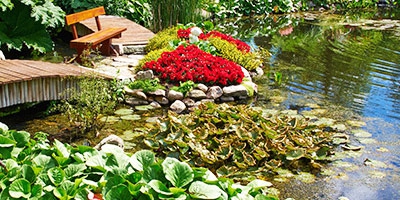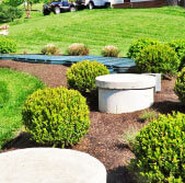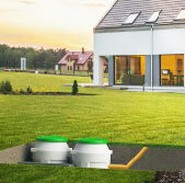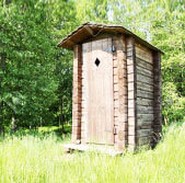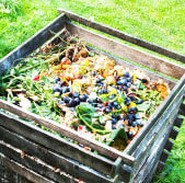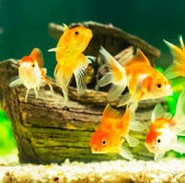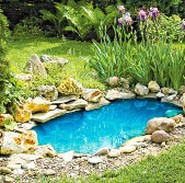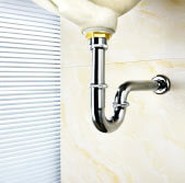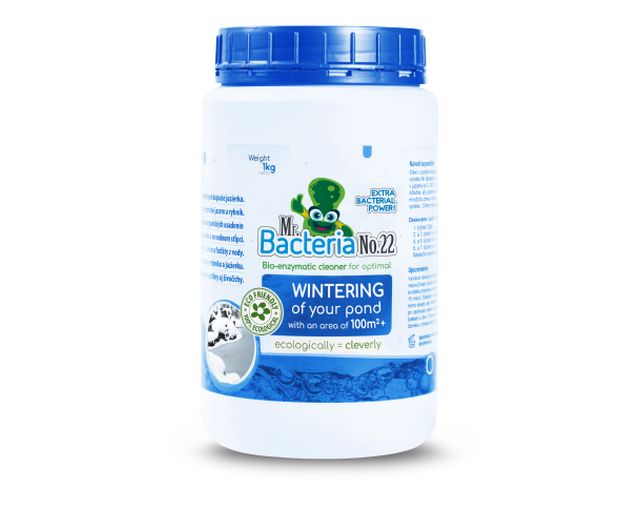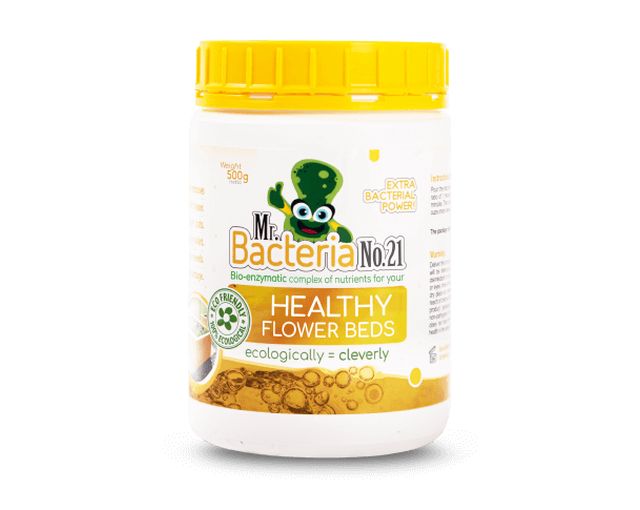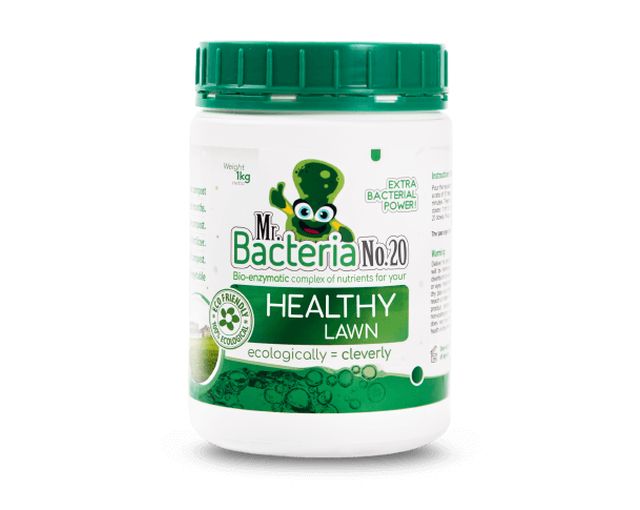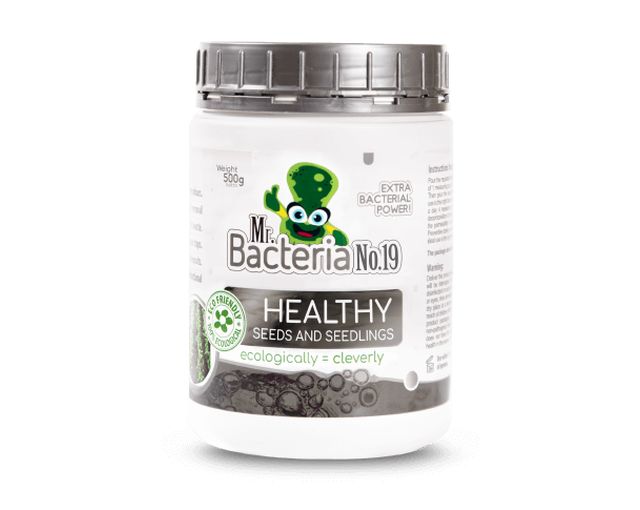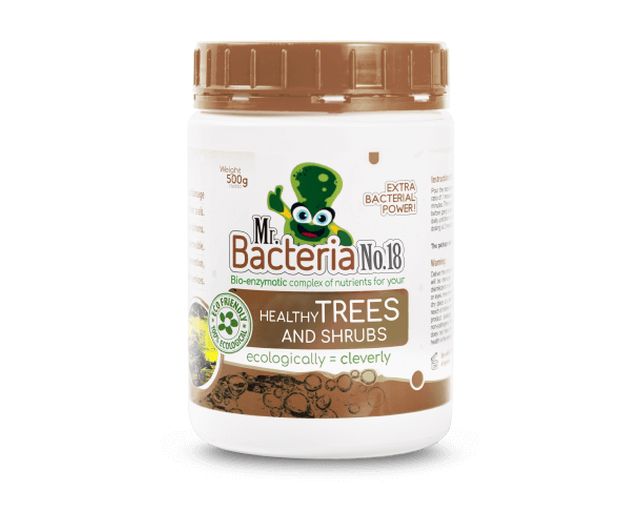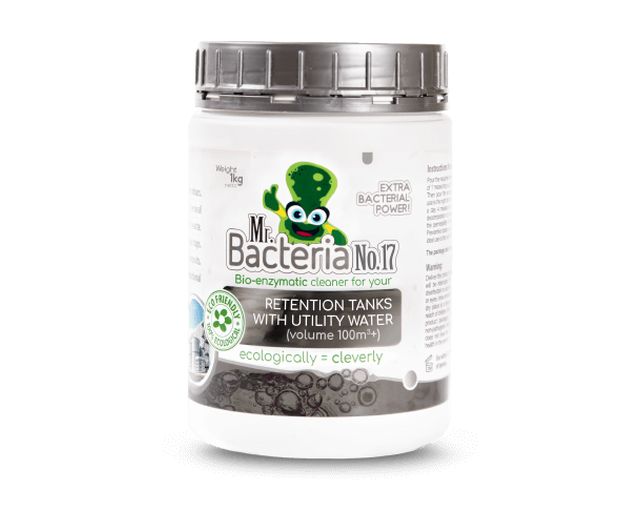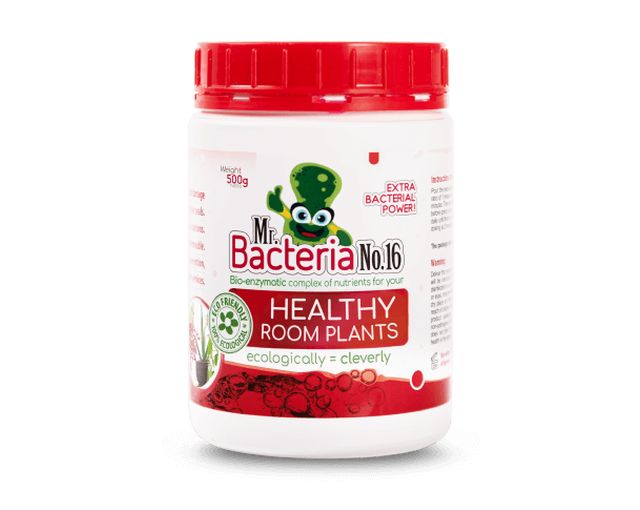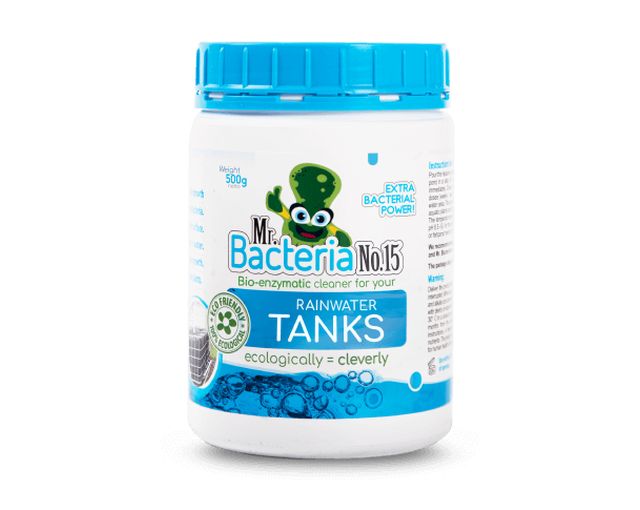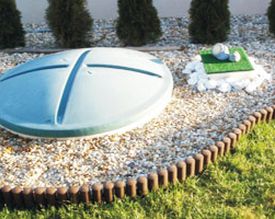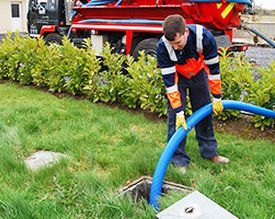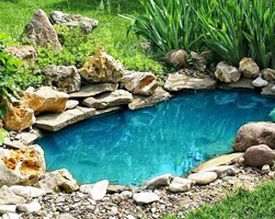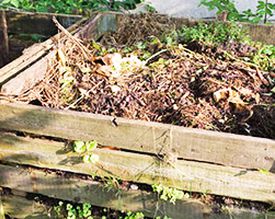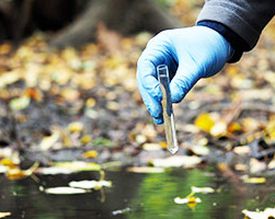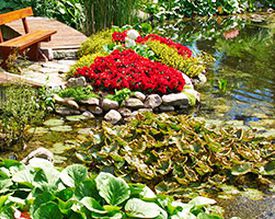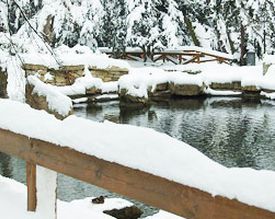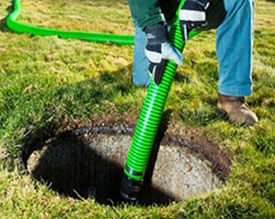How to properly remove the sludge from a pond? Have you heard of bacteria?
Removing sludge from ponds has been a very topical issue in recent years. Probably everyone can see that the ponds where people used to swim once are now green, full of mud, and somewhere they are starting to smell. But why this happens and how to properly clean the pond will be discussed below.
Nowadays, the pond can be cleaned mainly in two ways.
The first method is sludge removal using heavy machinery. This means using excavators that extract sludge and trucks that take it away. That wouldn't be so bad, but there's a big problem – what to do the sludge? According to the law, sludge from ponds is a waste that must be disposed of ecologically. Unfortunately, this ecological liquidation is so costly that municipalities cannot afford it because this would make up a significant part of their budget.
The second method of cleaning consists in the application of bacteria, which will significantly increase the content of soil bacteria and the decomposition of sludge in the pond (up to 1000%). The average reduction of sludge per year is in the range of 15-30 cm. Now you surely say that it can't be possible for bacteria to remove that much sludge from a pond in one year. So how does it actually work? You may be surprised at how easy it is. First of all, it is necessary to say that each pond has the ability to self-clean, i.e. it contains bacteria for the decomposition of organic matter (sludge). Unfortunately, nowadays the pollution is so significant that the pond cannot decompose such a large amount of waste that comes into it (pollen, dust, faeces, fertilizers from fields, leaves, etc.). The sludge consists mainly of compounds of hydrogen, oxygen, and nitrogen. After the application of bacteria, the rate of sludge decomposition is significantly increased (up to 1000%), to the point where the sludge degrades faster than it increases. At this point, the sludge in the pond starts to decrease!
Along with the decomposition of the sludge, the oxygen in the water increases rapidly (it does not fall below 3 mg / l even at a water temperature of 30 ° C) and the water column is much clearer due to bacteria. Organic pollution is also significantly reduced in the water column, which significantly reduces cyanobacteria in the water.
Bacteria are 100% natural and completely harmless to fish, plants, and humans.
Mr. Bacteria Bio-enzymatic cleaners for your garden POND can be bought >>> HERE <<<
Cyanobacteria
What are cyanobacteria?
Cyanobacteria are ancient organisms that have lived on earth for billions of years. It was they who were the first to inhabit the ocean and, because they generate oxygen, "produced" the atmosphere. Cyanobacteria inhabit almost all habitats on earth, but they are known to the public mainly due to the "flowering in the water", which is especially dangerous for vertebrates, including the human population.
Cyanobacteria are often classified as algae by lay people, but they are not right. Algae are organisms from the kingdom of plants, and cyanobacteria are bacteria that are described in thousands of species today.
Cyanobacteria need nutrients for their growth - especially nitrogen and phosphorus, which enter surface waters either from the outflow channels of fields (fertilizers ...) or through fish feed, by overgrowing the fish population, and then from insufficiently treated wastewater (households, wastewater treatment plants ...). Cyanobacteria multiply massively at a concentration of 10 micrograms of phosphorus per litre of water. Interestingly, if the water contained a high amount of nitrogen but only a small amount of phosphorus, cyanobacteria would have no chance and the water would remain clean.
Cyanobacteria together with algae form an aquatic flower, when a green "carpet" floats on the surface, which may look like it is formed by needles or flakes. In this situation, cyanobacteria begin to produce cyanotoxins and release them into the water. Dying cyanobacteria sink to the bottom and for their decomposition consume oxygen, which is then lacked by fish and so they die.
Cyanobacteria are able to survive for many years under adverse conditions. Once conditions improve, cyanobacteria begin to multiply rapidly again.
The presence of cyanobacteria is relatively easy to detect. Use a transparent bottle with a narrow neck, fill it to the brim with water and let it stand in the light for about 20 minutes. If a green coating forms on the surface and the water column is cleaned, it is cyanobacteria. If the water stays green in the whole water column, it is algae. However, this method is for information only. The exact determination can only be performed by a specialized laboratory.
By applying bacterial preparations, you can successfully fight cyanobacteria.
Mr. Bacteria Bio-enzymatic cleaners for your garden POND can be bought >>> HERE <<<
Oxygen in water
How to increase oxygen in water
The amount of dissolved oxygen in the water is an important indicator of water quality in ponds and lakes. The value of dissolved oxygen changes fundamentally during the day. The water contains the most oxygen in the afternoon, at least in the morning before dawn. Most of the oxygen is just below the surface. As the depth encreases, the amount of oxygen decreases, depending on the natural mixing of the water layers. In many cases, although the values of oxygen below the surface show optimal results, the fish still die - there may be no oxygen at the bottom at the same time.
Oxygen enters the water in three basic ways:
89% by photosynthesis, i.e. the action of sunlight,
7% of the air,
4% inflowing water.
Conversely, oxygen in water decreases:
if the surface is shaded by, for example, duckweed, a water flower - photosynthesis cannot take place,
at higher daily temperatures,
in decomposition processes,
where large quantities of fish are present, etc.,
at low pressure, for example during storms.
In ponds, fishing ponds and lakes, we can increase the amount of oxygen by:
limiting the number of fish to a maximum of 1.5 kg per 10 m3,
aeration, where aeration by microbubbles is important, especially at night. Routine by bubbling with different aerators does not increase the amount of dissolved oxygen!
clearing the level,
removing organic deposits from the bottom using bacterial agents.
Practical experience shows that when bacterial agents are used, dissolved oxygen levels begin to rise.
Mr. Bacteria Bio-enzymatic cleaners for your garden POND can be bought >>> HERE <<<
Mr. Bacteria products for your ECOlogically clean:
-
Mr. Bacteria No. 1-14 mark of quality
On our website you can buy products of the brand Mr. Bacteria under the designation of Mr. Bacteria No. 1-14. All products from Mr. Bacteria are made of the highest quality raw materials, which ensures their quality, high bacterial strength and functionality. Mr. Bacteria are tested by thousands of satisfied customers. Also try the quality and functionality of our products. We are happy for your satisfaction with the use of our products.
Your Mr. Bacteria e-shop team!
-
Why Mr. Bacteria products
- Guarantee of product originality
- Made of the highest quality raw materials
- High bacterial concentration and efficacy Free shipping on purchases over 39.90 £
- All product range in stock
- Shipment of the order within 24 hours
- Thousands of happy customers

 Cleaners for SEPTIC TANKS
Cleaners for SEPTIC TANKS
 Cleaner for domestic WWTPs
Cleaner for domestic WWTPs
 Cleaner for COMPOSTING TOILET
Cleaner for COMPOSTING TOILET
 COMPOST ACCELERATOR
COMPOST ACCELERATOR
 Cleaner for home FISH TANK
Cleaner for home FISH TANK
 Cleaners for domestic PONDS
Cleaners for domestic PONDS
 Cleaners DRAIN Unblocker
Cleaners DRAIN Unblocker
 Products HOME and GARDEN
Products HOME and GARDEN
